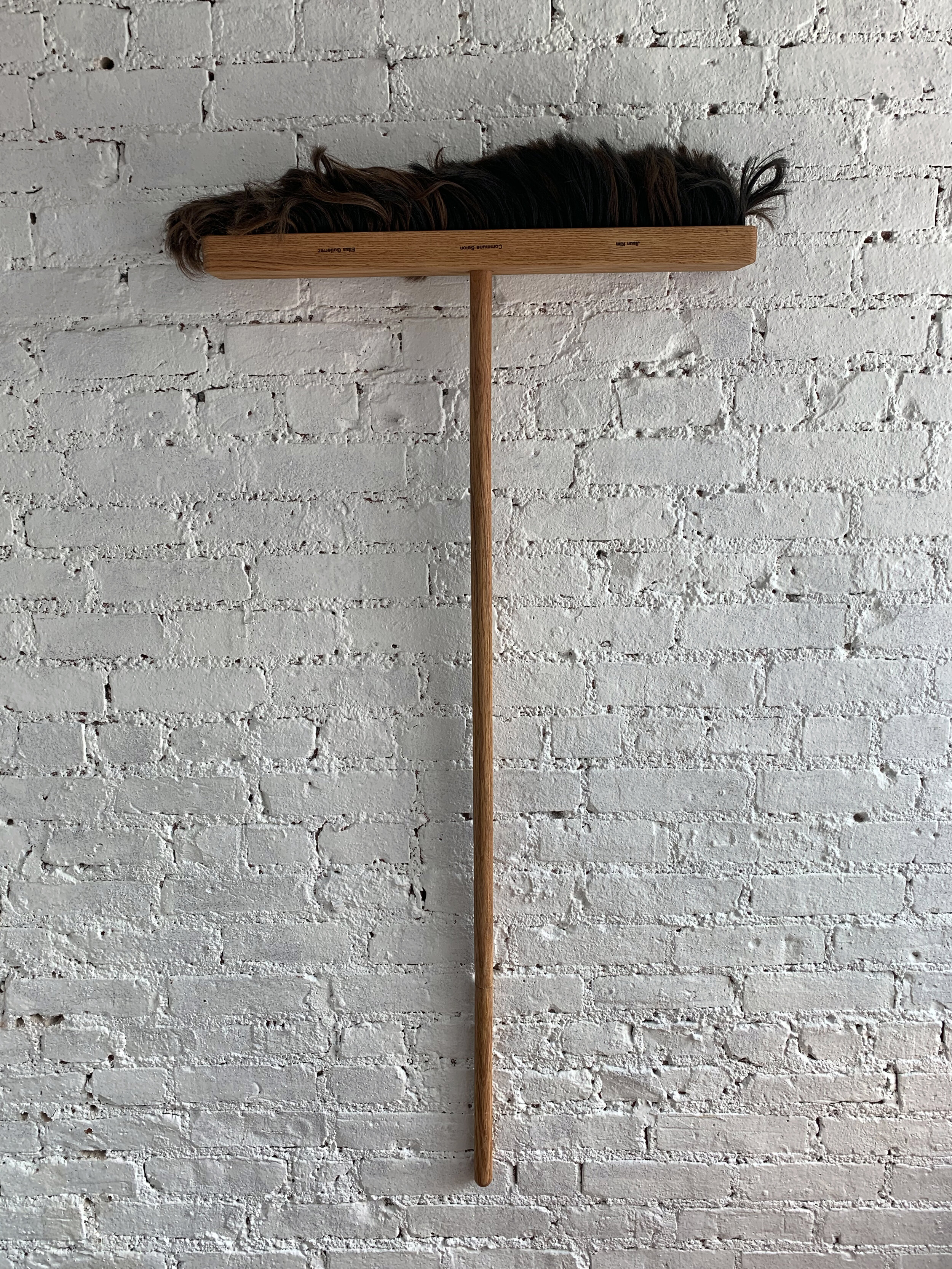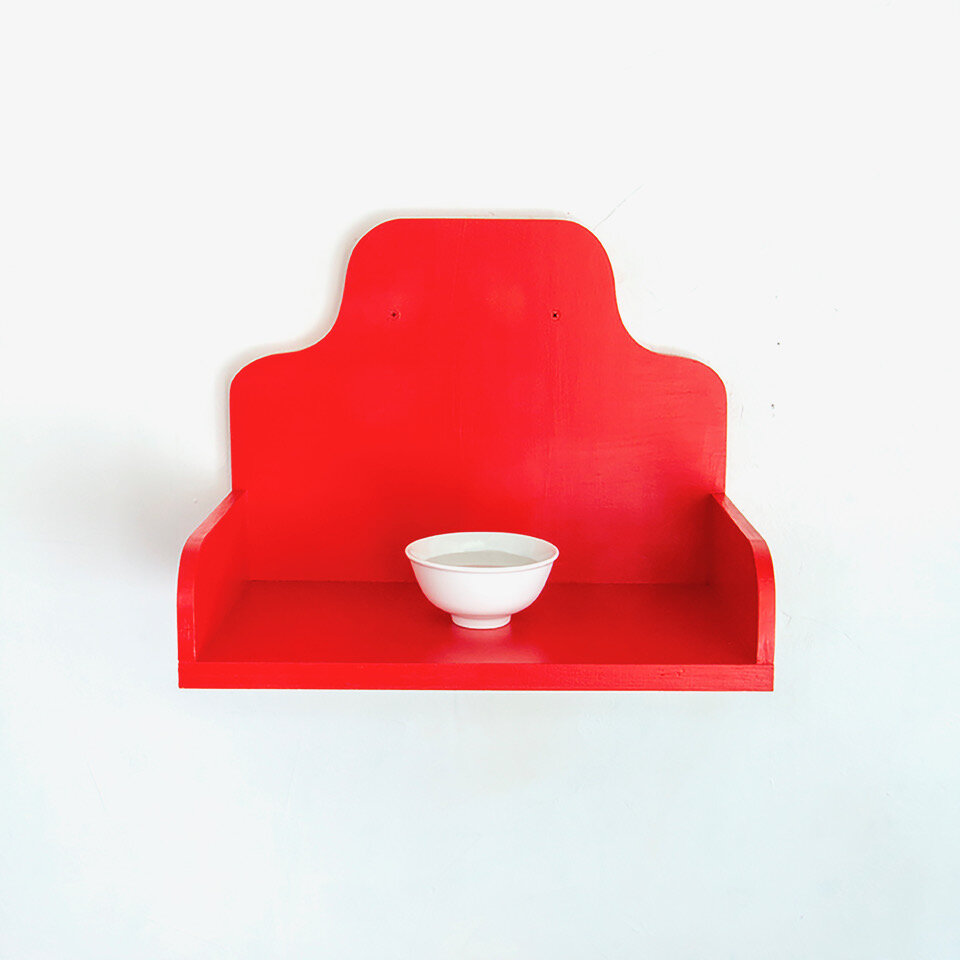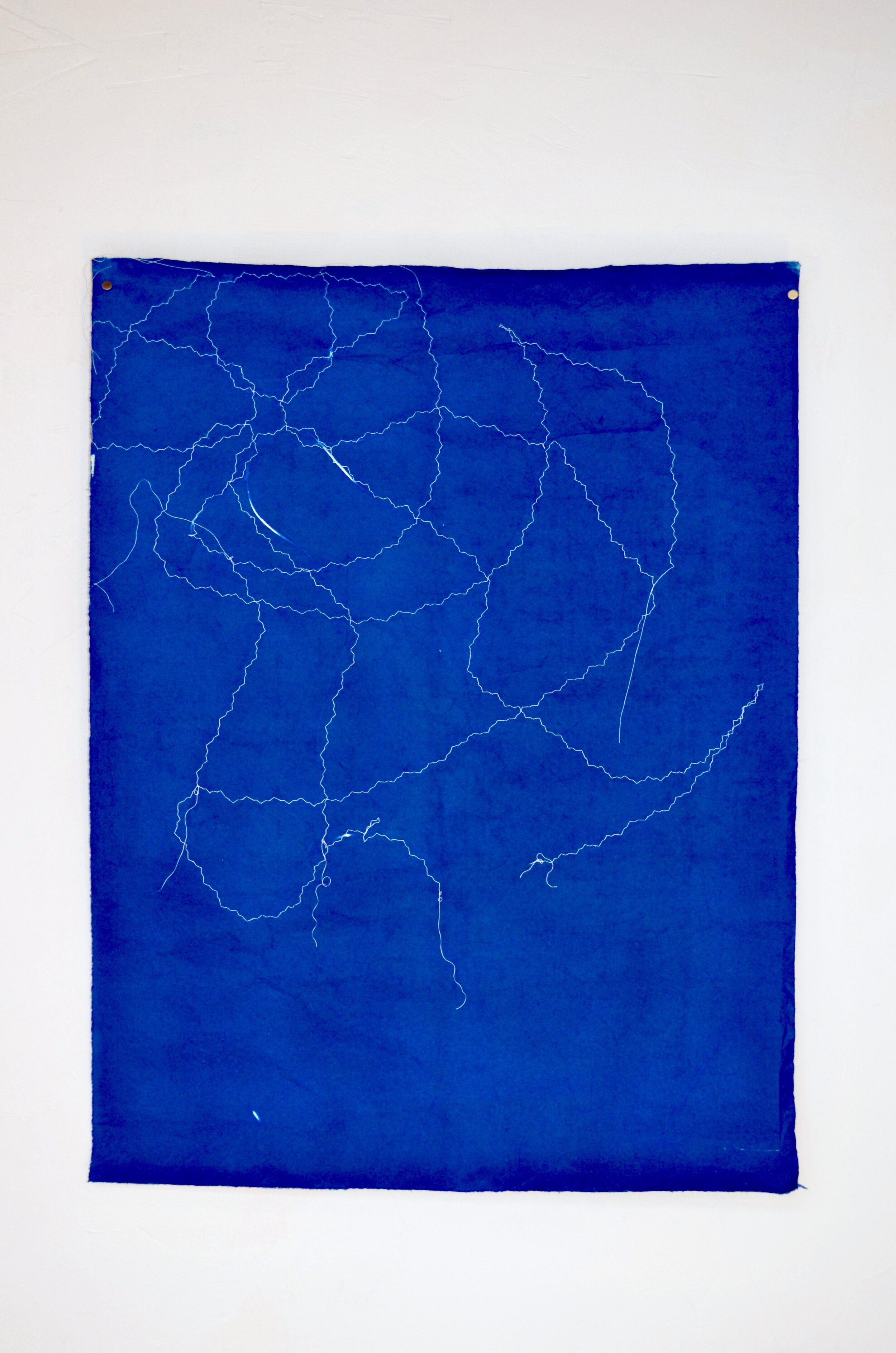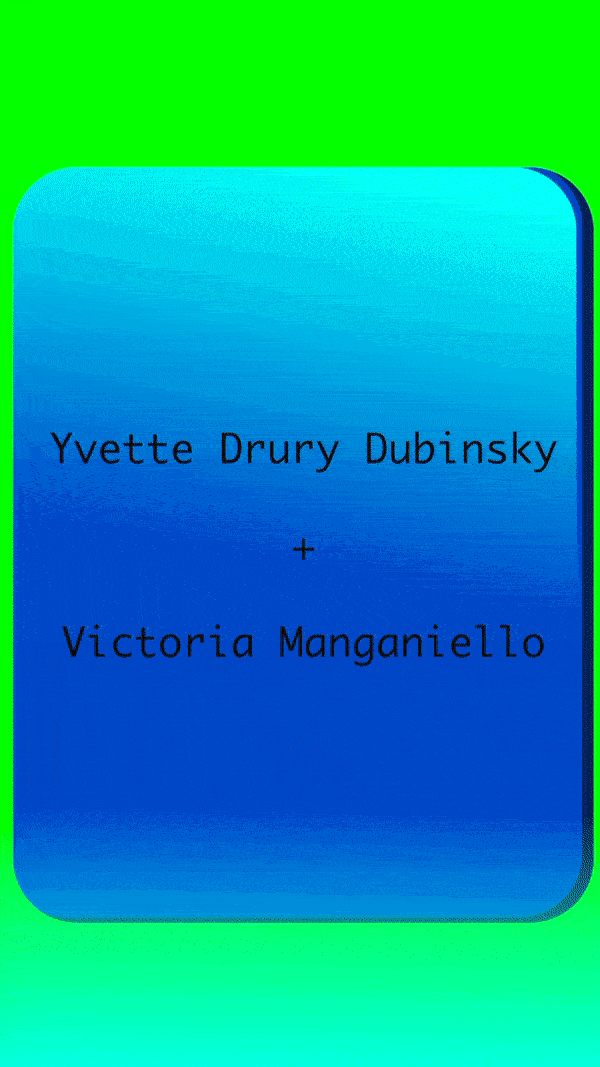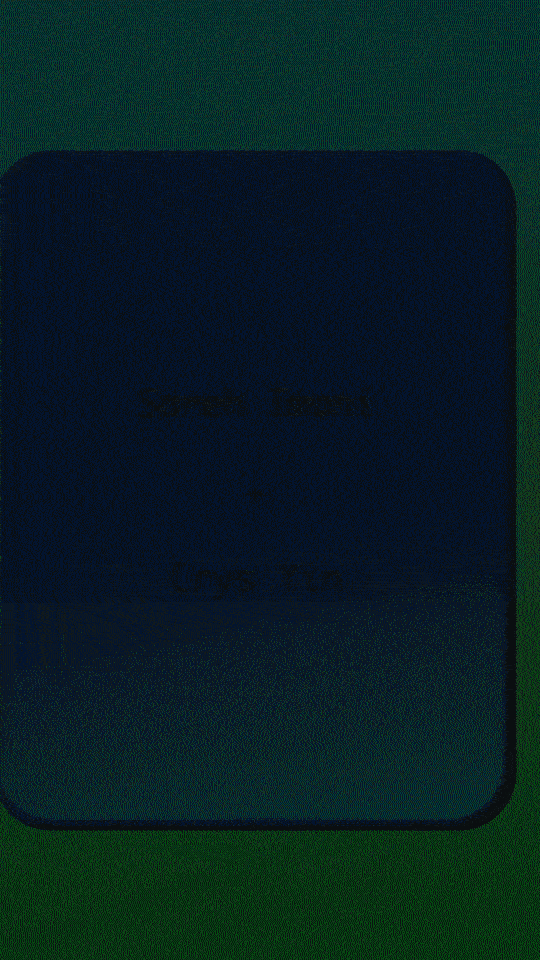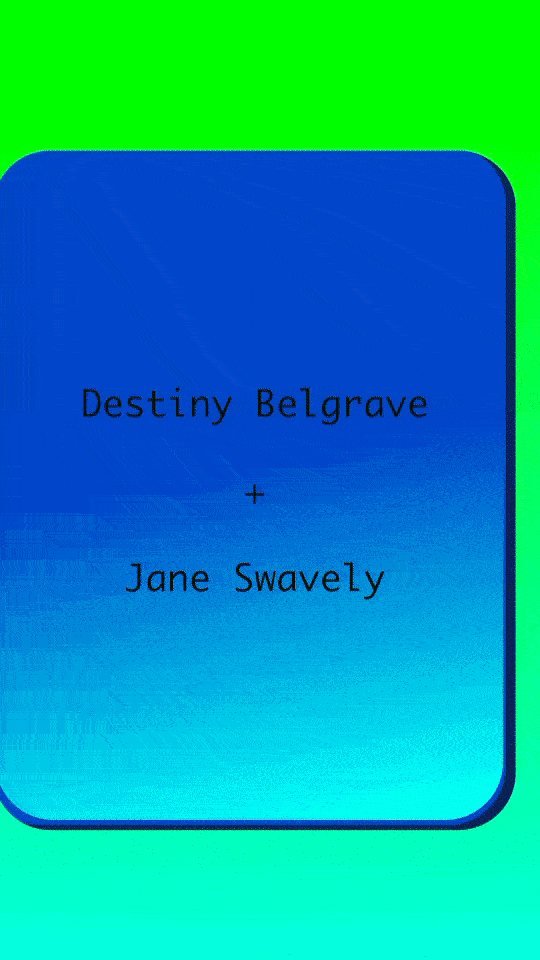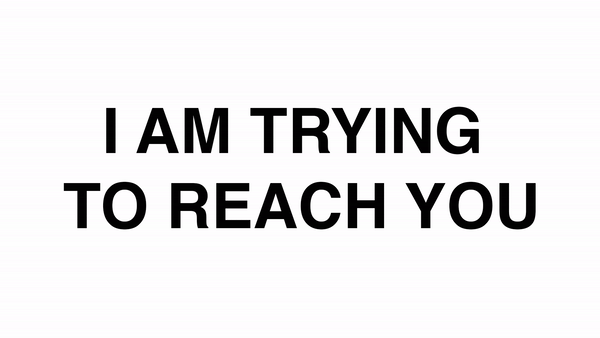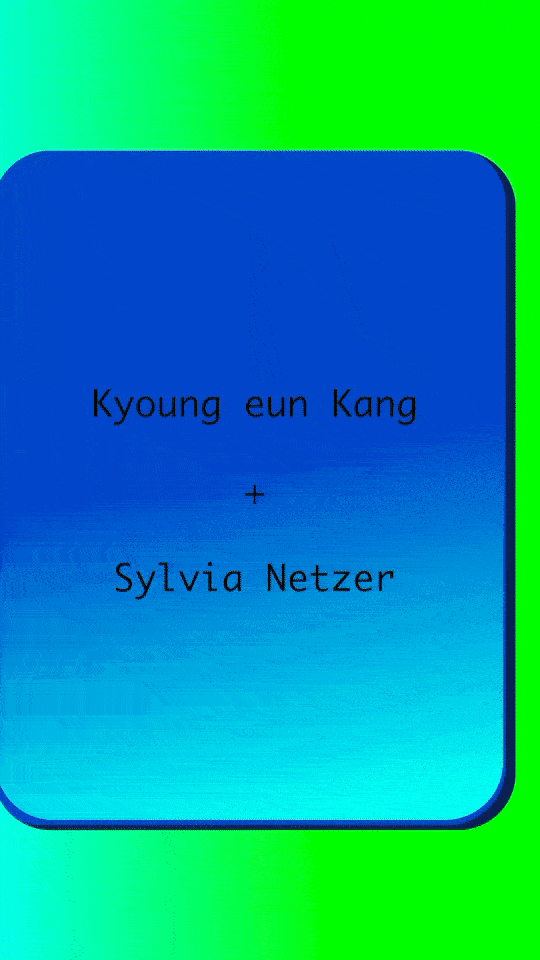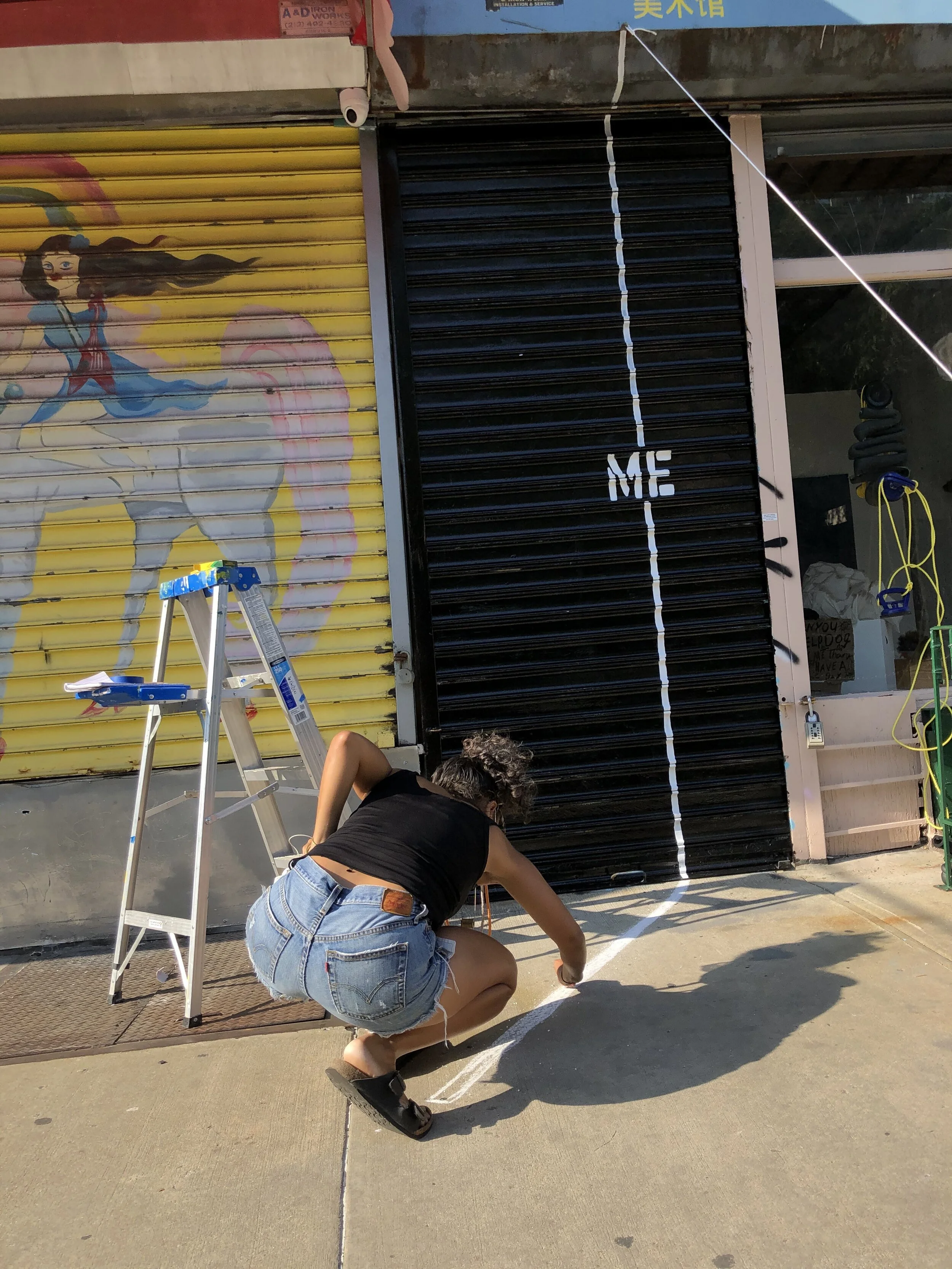(s)(o)(f)(t) (w)(i)(n)(d)(o)(w)(s)
August 12 — September 27, 2020
Tomoko Abe, Aika Akhmetova, Destiny Belgrave, Lizania Cruz, Rachelle Dang, Daria Dorosh, Yvette Drury Dubinsky, H.A. Halpert, Maxine Henryson, Sareh Imani, Kyoung eun Kang, Bonam Kim, Rosina Lardieri, Victoria Manganiello, Carolyn Martin, Sylvia Netzer, Sky Olson, Ada Potter, Bat-Ami Rivlin, Susan Stainman, Aliza Shvarts, Erica Stoller, Jane Swavely, Crys Yin
A.I.R. Gallery and Public Swim are pleased to announce SOFT WINDOWS, a collaborative residency and online platform that the two spaces will be partnering on from August 12 through September 27, 2020.
From August 12 through September 8, Public Swim will host 12 collaborative pairs of artists drawn from the A.I.R. fellowship group and collective. One artist from each pair will use Public Swim as an experimental studio space, creating interventions that will be accessible via the gallery’s front window, while their partner will respond digitally from a separate location.
This concept draws inspiration from early learning exercises for improvisational movement and dance. Two dancers take the floor and the first makes a shape; while the second, accounting for the negative space around the other dancer’s figure, as well as the shapes made by the lines of their arms, legs, and torso, finds a way to fill it. Without touching, the players continue to create corresponding shapes, continuously adapting to the spaces occupied by and created by the other’s body. We challenge the participating artists to reimagine their understanding of positive and negative space through the separation and virtual connection this pandemic requires.
In light of the current public health crisis, we are seeking space for gathering, intimacy, and exchange that do not impact the right to safety. This project aims to create a new opportunity for correspondence—in the senses of material and formal correlation, as well as of transmission across distance. Considering the performative space of the gallery window and the way it compares to private screen space, the works created will be split across the physical window at Public Swim and a digital window projected onto the A.I.R. storefront.
Works will be released every Monday, Wednesday, and Friday between August 12 and September 8—progress will be on view in the gallery window at Public Swim and the digital window at A.I.R. From September 8 through September 27, Public Swim will open the gallery so viewers can access the amalgamated response generated by these different residencies and collaborations.
View the exhibition press release here.
Residency: August 12—September 8, 2020
Window Displays, A.I.R. + Public Swim: August 12—September 27, 2020
Gallery Exhibition, Public Swim: September 8—September 27, 2020
Exhibition: September 8—September 27, 2020
On view now at Public Swim (105 Henry Street, New York) Saturday 12-6PM and by appointment. To arrange a viewing outside of Saturday hours, please DM @publicswimnyc on Instagram or email nkaack@airgallery.org
Residencies: August 12—September 8, 2020
Artist Projects
Yvette Drury Dubinsky
+
Victoria Manganiello
The basis for their collaboration emerges from a piece of wire found by Dubinsky at the Truro dump many years ago. Mutually endeavoring to create something from the shape, the artists arrived at a series of multimedia drawings and prints, a manipulated cyanotype and some rust works as well as a soft sculpture that uses Dubinsky's metallic base and creates a translucent surface with Manganiello's iron-printed fabric.
Sareh Imani
+
Crys Yin
Sareh Imani and Crys Yin worked in synchronous meditation on the eggplant, a crop plant from the family Solanaceae, genus Solanum, also known as nightshades. A possible etymology of Solanum is from solare (“to soothe”) or solamen (“comfort”). Despite living 120 miles apart, Imani and Yin curiously found themselves in the same place at the same time in the early stages of their collaboration, which became integral in strengthening their pairing, as well as providing a particular comfort.
Aika Akhmetova + Daria Dorosh
For their digital window project at A.I.R., Akhmetova and Dorosh created, Water future, an abstracted video response to contemporary ecological crises surrounding water and water access. Speaking to the work and their process, the artists write the following:
“It’s so awkward to contain water—yet, the systemic commodification of the planet and all biological life on it knows no boundaries. Our video is a prompt to consider the loss that we too experience in playing this dangerous game.
“Making this video work, the files that we sent each other had limitations like physical objects, a material liquidity that we had to work around in order to translate our ideas. It was interesting to try and take apart each other’s digital files, make mistakes and leave some room for those mistakes to exist.”
Destiny Belgrave
+
Jane Swavely
Jane had been addressing 'green screens' in previous work, effecting a luminous glowing color in oil paint on canvas, and thought this setting would be a perfect base for Destiny to project onto. Their collaboration has manifested a consideration of the other in absence or distance.
Destiny writes, “I was thinking about connection. Two people connecting in a spiritual other worldly way. Knowing that I’m never really alone and there are beings all around me that I am able to connect to.”
Tomoko Abe
+
Rachelle Dang
Tomoko Abe and Rachelle Dang composed an ethereal installation that correspond in forms natural and unnatural.
Abe writes, “This installation is composed of glass, cyanotype printed ceramic and wool sculptural pieces. They are shaped with six pack plastic pull tabs collected from the sea, twisted as in distorted anatomical figures. The various materials draw our attention to the elements of nature, such as minerals, sun, water, soil, and animals. The suspended cyclic configuration evokes the cloud, and by association, a chain of thought that comes and goes like virtual entities in the Internet. The instant convenience achieved by the plastic contrasts with the time it takes for it to decompose. The translucent plastic disguised in the sea water persists over time and comes back to us eventually via the ocean gyres.”
Dang responds, “I responded to Tomoko's work by thinking of opposites: between sky and earth, object and shadow, positive and negative, ethereal and the grounded, ocean and land. I created a cloud-like form from wire echoing Tomoko's sculpture and transformed my shape into a vine using an airy-dry clay material that appears bone-white and brittle. That vine seems to lift off from a pile of leaves in the window sill and crawl its way up the wall in a cloud-like shape towards Tomoko's sculpture. The forms (the plastic 6-pack debris reference) in her sculpture seemed to me also evocative of human anatomy, such as the pelvic bone, so I thought the brittle appearance of the clay-formed vine would give it a bone-like appearance, in counter to the typical softness of plant forms and the mass of water drops that comprise clouds (or the virtual cloud space).”
Aliza Shvarts + Susan Stainman
Susan Stainman and Aliza Shvarts’ collaboration began with a series of short phrases Shvarts sent to Stainman. These phrases were derived from the “holding patterns” of conversation: the formalities, niceties, etc. at the beginning and end of emails or calls. Stainman's video and photograph stemmed from exploring where the personal and collective meet: how we each try to create meaning and connection out of these sometimes trite phrases.
Susan Stainman + Aliza Shvarts, When Everything Returns, 2020. Photograph.
Aliza Shvarts, Holding Patterns, 2020. Video. Total run time: 12 seconds.
Aliza Shvarts + Susan Stainman, From My Hand To Yours, 2020. Video. Total run time: 27 seconds.
Maxine Henryson
+
Rosina Lardieri
Henryson and Lardieri write, “Spontaneously, shortly after we started collaborating, a synchronicity of time and place occurred. Maxine filmed breezes rustling the leaves in front of her Vermont cabin. Simultaneously, Rosina filmed wind in the plastic grid of a Chinatown food stall. This synchronicity highlighted our conversations about our experience of place during the pandemic, how they contrasted and were opposites and how by combining our two views we could create a conversation.”
Maxine Henryson and Rosina Lardieri, Synchronicity of time and space or 14:01 sec, 2020. Video.
Kyoung eun Kang
+
Sylvia Netzer
Of her collaboration with Sylvia Netzer, Kyoung eun Kang writes, “Sylvia had an idea of bringing her S shaped ceramic sculptures into Public Swim and she explained that her work is about her identity since S is the first letter of her name. I considered S as a fluid movement. I walked the neighborhood around Public Swim hoping to explore the cultural identity of Chinatown. Inspired by the city streets, I made an artwork that reflects on tradition, ritual, believe and hope.
Netzer has now installed her strikingly graphic ceramic sculptures in relation to the red suspended sculpture that is Kang's installation.
Bat-Ami Rivlin + Erica Stoller
From the outset our conversations have been about materials as subject matter. Rescued and reused, the content of our work, separately and together, is shape, color, texture. The message is in the unexpected, surprising use of often-familiar elements. We have shared enthusiasms about materials rather than specific concepts or drawings. As we talked about the window display, we quickly became interested in the glass itself: the store front not as a framing device or a “fish bowl”, but as a useful permeable plane to see and to see through, to ignore. The D.I.Y. aspect of Home Depot has been a player in our dialogue: looking at the website, ordering online, even visiting and photographing one of the stores. If the charge was to work with the Public Swim space, we have been interested in working against it, through Bat-Ami’s installation in the gallery and Erica's installation in the studio, made simultaneously. Talking through materials as we worked, the two separate spaces mirrored our discussions; 'What if we had a balloon to fill the whole space with?', one of us asked. Public Swim now has a D.I.Y. balloon made of duck taped trash bags and a fan installed within it.
Bonam Kim + Ada Potter
Bonam and Ada's collaboration focused on embodied labor, identity, and maintenance. The collaboration began with Bonam's human hair broom and brush sculptures. Bonam placed ads on Craigslist asking people to cut their hair and send her the clippings. The people's names are engraved on the wooden broom head and brush handle.
Ada enlivened these inanimate objects by gently cleaning the floor of the gallery. Referencing the maintenance art of Mierle Laderman Ukeles and institutional critique, she created a video of the objects in motion without revealing any part of her body. Cleaning is a very physical, yet often invisible labor that rarely gets recognized. The film subverts our assumptions and crops out the body, leaving open for interpretation the relationship between labor, identity, and the body.
H.A. Halpert + Sky Olson
"We offer a series of free toolkits for emergencies and repairs relating to: touch without contact, silent speech, second sight and taste, burglary and borrowing, self-confidence, and expulsion from time." The component of the exhibition is a flyer with tear sheets at the bottom that can each be exchanged for one of the free toolkits. The video is a film involving objects from the various toolkits.
Lizania Cruz + Carolyn Martin
Cor-relation. Is an intervention that acts as an expansion on both a printed piece I just did this May titled Stoop Hang on ideas of interdependency/type of relationships and my conversation with Carolyn around our current form of relating to one another as well as her text piece CORRAL. I was meditating on how we often view a corral from a frontal view and wonder how we can create spaces of openings for new possibilities. Can we flip it so the ground and the sky become a form of escape? Additionally, I was interested in the correlation of the sidewalk (a public space) to the door (as a pathway to the private space) of the gallery and the space in-between. I want to inhabit this in-between through my practice.






















